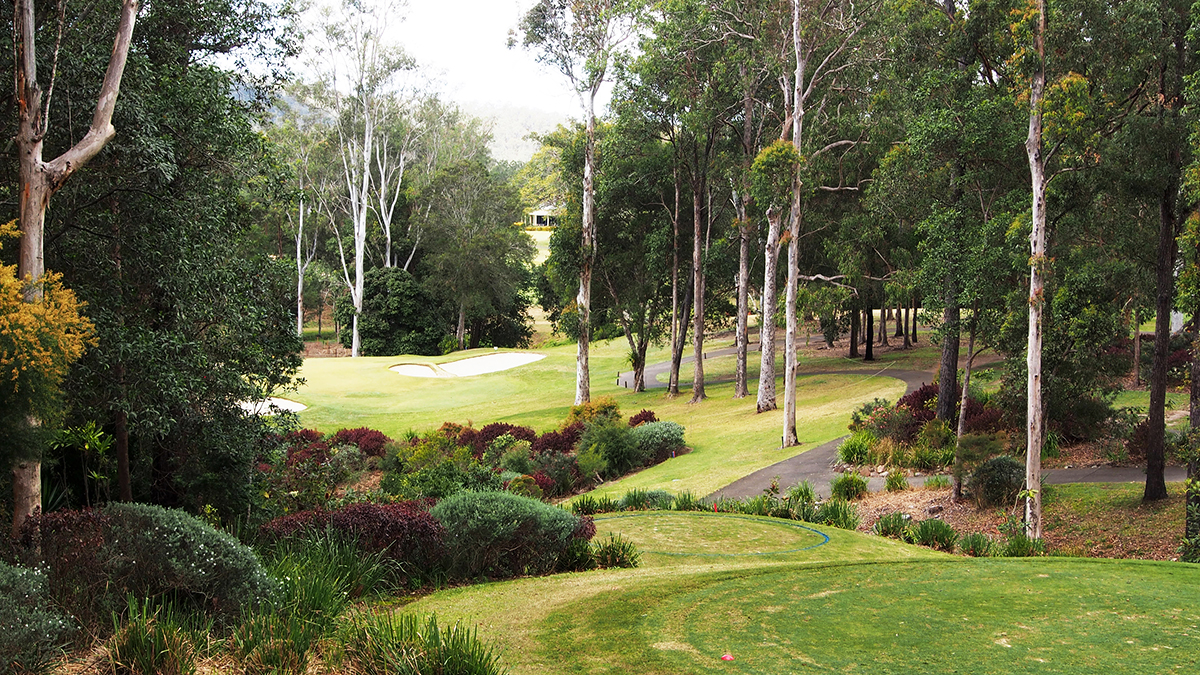Equipment: Seeking Forgiveness – Australian Golf Digest

- by Admin
- December 19, 2024

Why better players are converting to game-improvement irons.
Some of the best tour players have started switching to game-improvement irons, and at retail they outsell players irons 5-to-1, based on Golf Datatech numbers. It’s probably even greater when you go along the range at any club or course in the country and look in people’s bags. Game-improvement irons just make the game easier.
What do our Hot List testing numbers say? Using a Rapsodo MLM2 Pro launch monitor, which tracked every shot during testing for the Hot List, we compared 7-iron shots made by low-handicappers with middle-handicappers who hit both players irons and game-improvement irons. Results show that game-improvement-iron shots carried 5.6 metres (6.1 yards) further, with some players seeing a 15-metre edge.
Game-improvement irons for the win, right? Not so fast. The average loft of a game-improvement 7-iron was 28 degrees or 5 degrees stronger than the typical 7-iron loft of a players iron. Also, game-improvement irons are designed with wider soles to mitigate fat shots and to provide a higher launch, but we saw limited difference in how high these typical 7-irons flew in both categories. The average apex of a game-improvement 7-iron was a metre lower, even though the lofts were much stronger. That’s a testament to the technology in game-improvement irons that pushes the centre of gravity lower.
Game-improvement irons don’t really reduce dispersion, either. Just as many of our testers had tighter dispersion with the players irons. Why would this be true? If better players are used to a more compact player iron head, the larger heads of some game-improvement irons might be harder to square at impact, leading to offline misses.
The opinions of our testers were more one-sided. Game-improvement irons were more forgiving based on the vector ratings for Playability, which measures where a particular iron rates on a scale from “more workable” to “more forgiving”. The larger size and wider soles of game-improvement irons foster confidence. In fact, the word “forgiving” appears 121 times in our players comments for game-improvement irons, about twice as often as it appeared in the comments for players irons. By contrast, the word “workable” appears half as often in game-improvement irons as it does in players irons.
The difference may have more to do with what better golfers want to see at address and with their ball flight. Elite professionals are adding game-improvement irons to the long end of their bags. Brooks Koepka uses an old Nike Vapor Fly Pro 3-iron, and Will Zalatoris plays the Titleist T350 3-iron, prompting him to say, “I have a game-improvement iron in my bag. So what? I love that thing. It’s my favourite club.”
Chris Baingo, a clubfitting analyst at the Titleist Performance Institute, says he’s seen the change in dramatic terms. “Eighty percent of our players on the PGA Tour are using a blended set of irons,” he says. “Their long irons are bigger than their short irons, and although amateurs might think they do that because they need more forgiveness, they do it because they want every iron in their bag to be separated by five miles per hour in ball speed. That helps them keep the right apex and the right landing angle to hold the green.”
We suggest all golfers keep an open mind about their set make-up. The right answer for your bag might not be the one you expect.

Callaway Paradym AI Smoke HL (Game-Improvement)
The face design, tungsten weighting and slightly weaker lofts (than the standard Ai Smoke) foster higher launch for players who carry their 7-irons less than 140 yards (128 metres).
7-iron loft: 30 degrees
VS
Callaway Apex CB (Players)
This single-piece forging emphasises feel but adds tungsten weights to move the centre of gravity closer to the centre of the face for optimised ball speed.
7-iron loft: 34 degrees


Ping Blueprint S (Players)
Weight saved from an elastomer insert in the long irons is redistributed to help launch and forgiveness. The short irons are forged to emphasise control.
7-iron loft: 33 degrees
VS
Ping G730 (Game-Improvement)
A heat-treating process strengthens the 17-4 stainless-steel face, allowing it to be thinned. This means more face bend for greater distance and extra height.
7-iron loft: 28 degrees


TaylorMade P7MC (Players)
This compact cavity-back design features a machine-milled face and grooves for more consistency. A thin topline, minimal offset and a narrow sole allow golfers to shape their shots.
7-iron: 34 degrees
VS
TaylorMade Qi (Game-Improvement)
The iron uses a composite badge on the back to help reinforce a thin, flexing face. This saves weight that is redistributed to dial in the centre of gravity.
7-iron loft: 28 degrees


Titleist T100 (Players)
The cavity uses dense tungsten (about 1.5 times heavier than lead) to place the centre of gravity on each iron without sacrificing the forged feel. The CNC face-milling improves consistency.
7-iron loft: 34 degrees
VS
Titleist T350 (Game-Improvement)
The hollow design contains a polymer-core structure that improves ball speed and feel. Tungsten weights in the heel and toe aid both stability and ball speed.
7-iron loft: 29 degrees
The Latest News
-
December 19, 2024Nick Dunlap wins PGA Tour Rookie of the Year – Australian Golf Digest
-
December 19, 202412 useful things I learned from tour pros in 2024 – Australian Golf Digest
-
December 19, 2024There’s no excuse not to play golf in the cold and snow, cowards – Australian Golf Digest
-
December 19, 2024Sportscaster blades bunker shot into TGL arena’s stands, shows just how close fans will be – Australian Golf Digest
-
December 19, 2024McSweeney’s nervous Boxing Day wait as selectors uncertain over South Australian’s Test position





